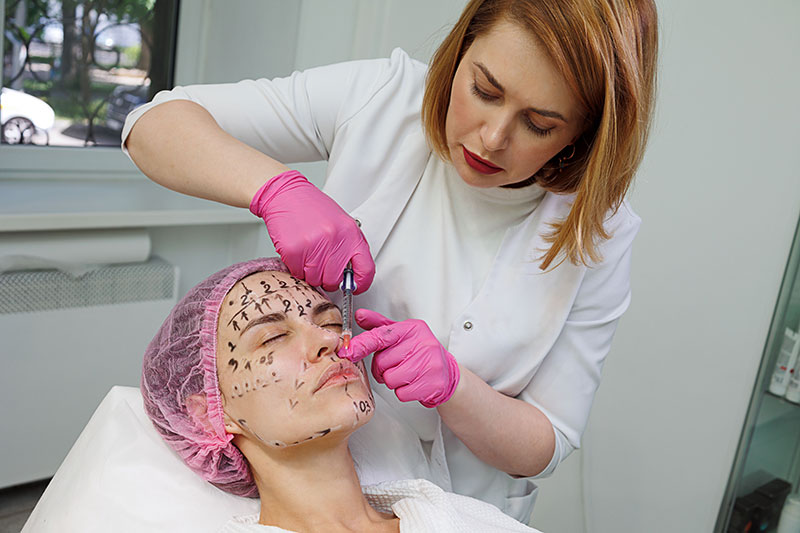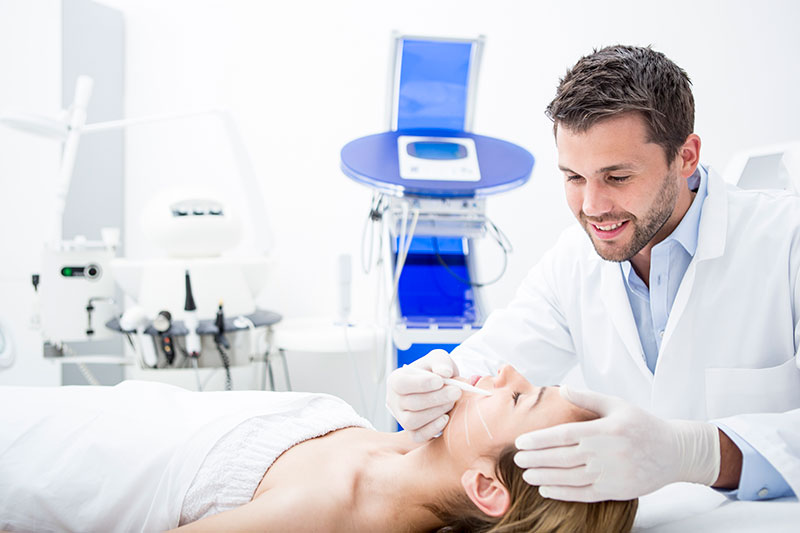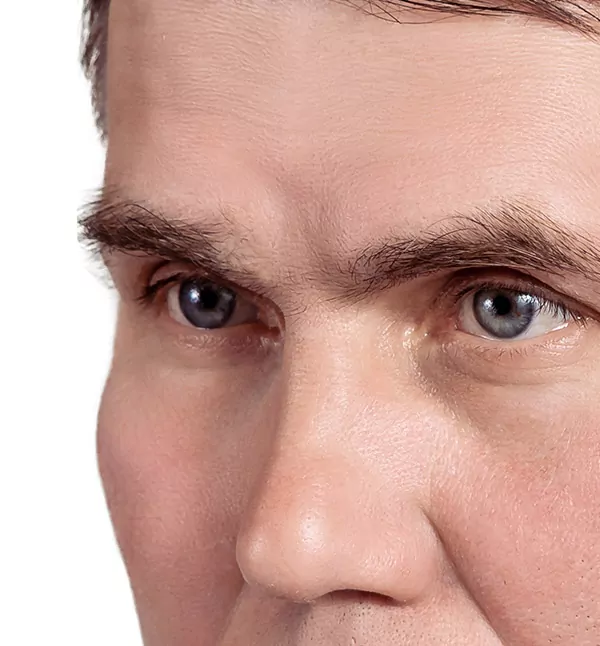
Facelift (rhytidectomy)
Are you curious about the incredible benefits and affordable costs of getting a facelift in Turkey? Look no further than our expert team who offer personalized consultations and top-notch medical services. Our highly experienced surgeons use the latest techniques and technology to provide exceptional results that will leave you feeling amazing and confident. In addition to the physical benefits of a facelift, such as reducing wrinkles and fine lines, it can also have psychological advantages by boosting self-esteem and improving overall wellbeing. And with Turkey’s reputation for being a world-class medical tourism destination, you can rest assured that your journey will be hassle-free and comfortable. Contact us today to learn more about how we can help you achieve your dream of a youthful and rejuvenated appearance!
How much does it cost?
In Turkey, face surgery costs between 3250 euros and 4600 euros, depending on the complication of the procedure and the morphology of your face.

What does it involve?
A facelift is usually carried out under general anaesthetic. It may sometimes be performed using a local anaesthetic and sedation.
There are many different kinds of facelift, but generally the surgeon will:
- make cuts (incisions) above the hairline at the temples that extend down in front of your ear, underneath your earlobe and behind the ear
- make cuts under the chin if the jawline is also being lifted
- remove the surplus facial skin
- pull the remaining skin backwards and upwards before stitching it into its new position
- sometimes redistribute facial fat and tissue or add fat to the face
- bandage the face to minimise bruising and swelling
It usually takes 2 to 3 hours, and most people need to stay in hospital overnight.
Pain relief is provided if you experience any discomfort afterwards.
Recovery
It takes about 2 to 4 weeks to fully recover from a facelift. You need to take this time off work.
Bruising is visible for at least 2 weeks. It could take up to 6 to 9 months to see the full effect of the facelift.
You will not be able to drive for a number of days after the operation – your surgeon would advise about this.
You will have to avoid showering and getting the bandages wet for the first 2 days, and avoid strenuous activity, saunas and massages for at least 2 weeks.
You also need to keep your head propped up with pillows for a couple of days while resting to reduce the swelling.
After about 7 to 14 days: stitches are removed (unless you had dissolvable stitches).
After several weeks: bruises, scars and changes to your skin colour should have faded.
After 6 to 9 months: you should be able to see the final results of the facelift.
Side effects to expect
After a facelift, it’s common to have:
- a swollen or numb face, which may last for a few weeks or months
- a stiff feeling in your face an mouth, which usually goes away within 6 weeks
- bruising – this can last for a few weeks
- pain
- low mood for a few days
- scars – these should fade, but will not completely disappear
- a raised hairline or sideburns
- reduced hair growth at the sides of the forehead (temples)
What could go wrong
A facelift can occasionally result in problems, including:
- nerve injury and loss of sensation or movement in the face
- asymmetrical facial features – including the position of the earlobe
- hair loss or a small but permanent reduction in hair growth around the scars
- thick, obvious scars developing
- problems healing
Any type of operation also carries a small risk of:
- excessive bleeding
- developing a blood clot in a vein
- infection
- an allergic reaction to the anaesthetic
The surgeon should explain how likely these risks and complications are, and how they would be treated if they occurred.






